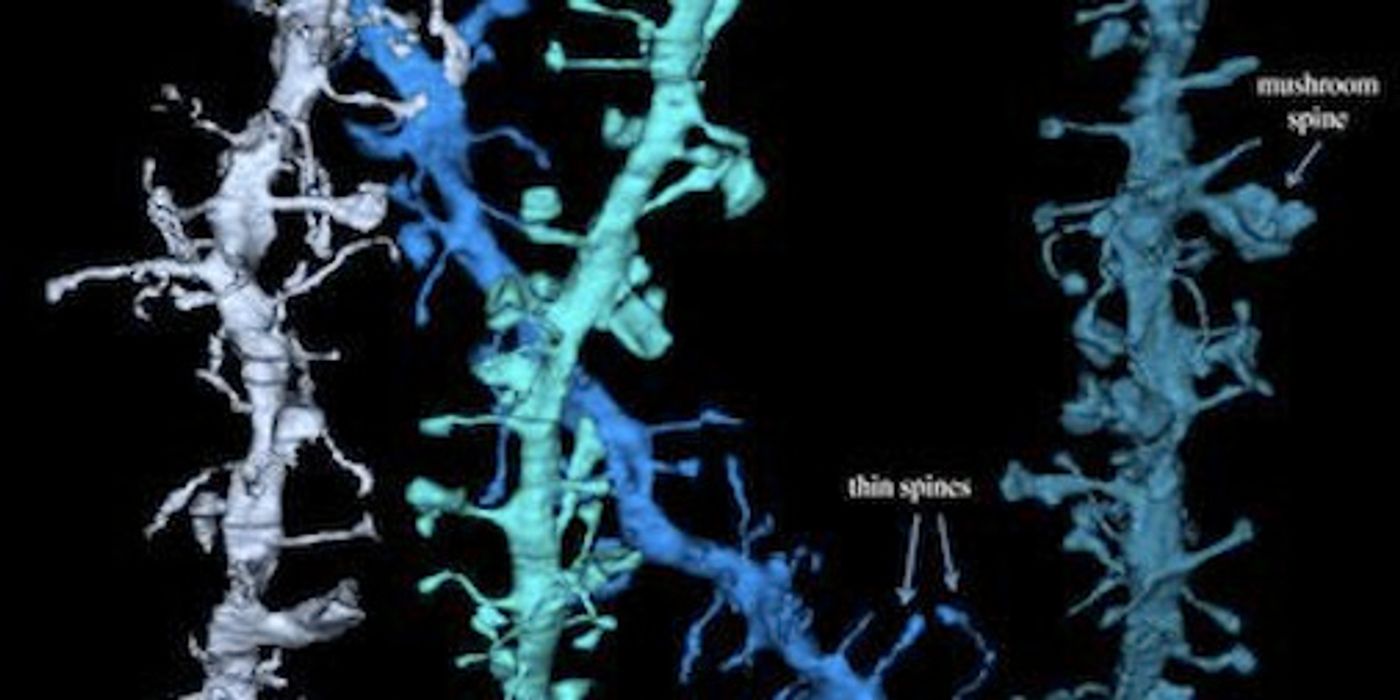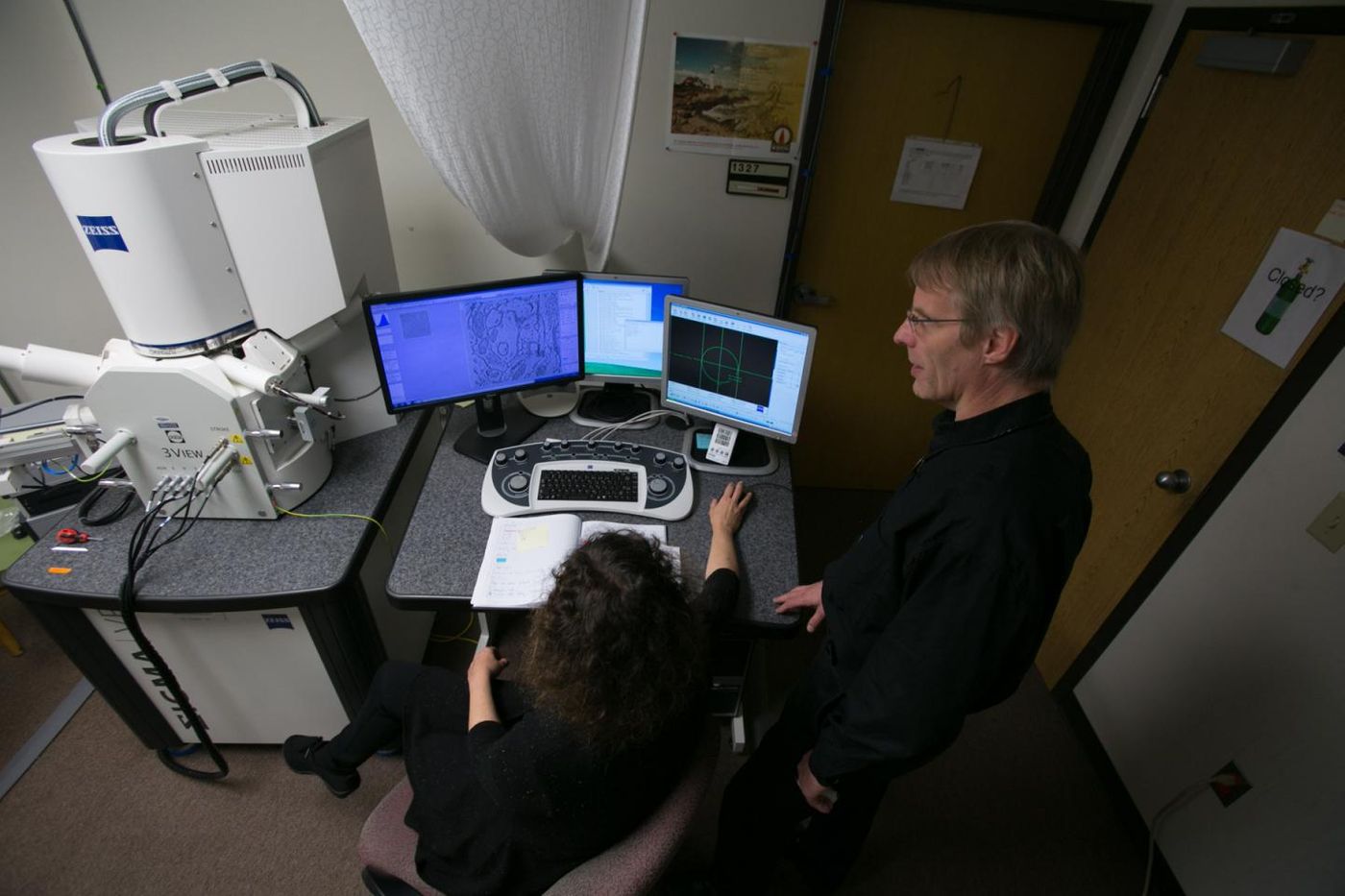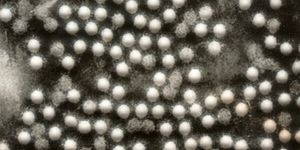Microscopy Shows the Importance of Sleep to Brain Cell Health
It's not surprising to learn that scientists have found additional evidence that sleep is critical to the health of nerve cells in the brain; they use that down time to perform a sort of recalibration. Images captured with an electron microscope show that the area where nerve cells meet, synapses, are enlarged during the day when we are active, and then get around 20 percent smaller during sleep; space is generated for growth and new learning the next day. Drs. Chiara Cirelli and Giulio Tononi of the Wisconsin Center for Sleep and Consciousness have published their findings in Science.
The researchers have generated visual evidence supporting their "synaptic homeostasis hypothesis" (SHY), it suggests that sleep is a necessary price for the dynamic, plastic nature of human brains, which can thus continue to learn new things and generate new memories. Repeated activation of a synapse causes it to gain strength and grow, believed to be crucial for memory and learning. SHY posits that such growth must be balances in order to avoid saturating synapses, which could wipe out neural signaling, and memories. Because sleep is a time of relative mental rest, it is thought that would be the most opportune time for recalibration or normalization of synapses.
Cirelli and Tononi knew that as synapses grow in strength they grow in size, and the reverse is also true. As such it was thought that SHY could be tested by directly measuring the actual size of a synapse during sleeping and resting states. A powerful tool was needed - three-dimensional electron microscopy.
It took a team of scientists utilizing a mouse model over four years, photographing and reconstructing 6,920 synapses from parts of the cerebral cortex, and determining the sizes of each one. The researchers performing the work did not know what samples they were working on so any chance of bias was removed from the work. The change in the size of individual synapses could be measured. A synapse would be captured, and after six to eight hours of sleep that same synapse would again be imaged. Comparisons of those sizes indicated that the sleepy synapses were about 18 percent smaller than daytime synapses. That difference, which was proportional to synapse size, occurred in both regions of the cerebral cortex that were assayed.
It seemed the largest of the synapses did not undergo this shift in size, suggesting to the researchers that these biggest synapses are associated with the most fundamental and stable memories.
"This shows, in unequivocal ultrastructural terms, that the balance of synaptic size and strength is upset by wake and restored by sleep," commented Cirelli. "It is remarkable that the vast majority of synapses in the cortex undergo such a large change in size over just a few hours of wake and sleep.
"Extrapolating from mice to humans, our findings mean that every night trillions of synapses in our cortex could get slimmer by nearly 20 percent," explained Tononi.
The study comes along with research from Richard Huagnir and colleagues, published in PNAS that also confirmed how sleep is essential to brain cell health. That work identified molecular players involved in SHY and the scale down that occurs during sleep.
Check out a video featuring one of the study investigators, Dr. Tononi, speaking on a panel discussion at MIT on consciousness and intelligence.
Sources: AAAS/Eurekalert! via University of Wisconsin-Madison, Science










